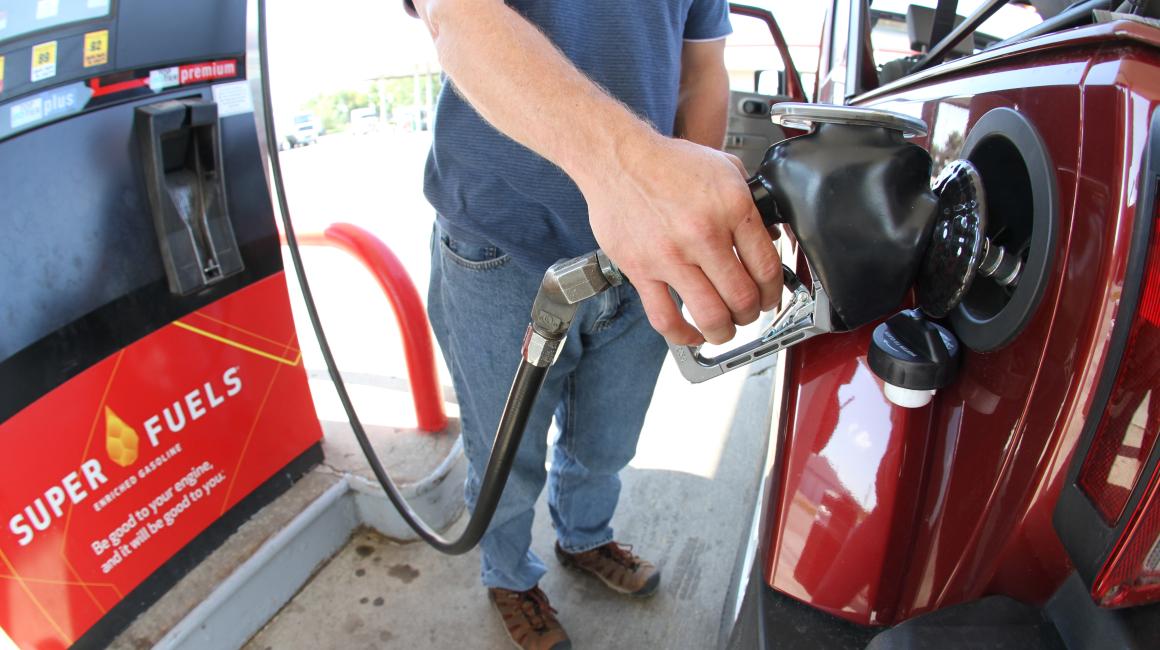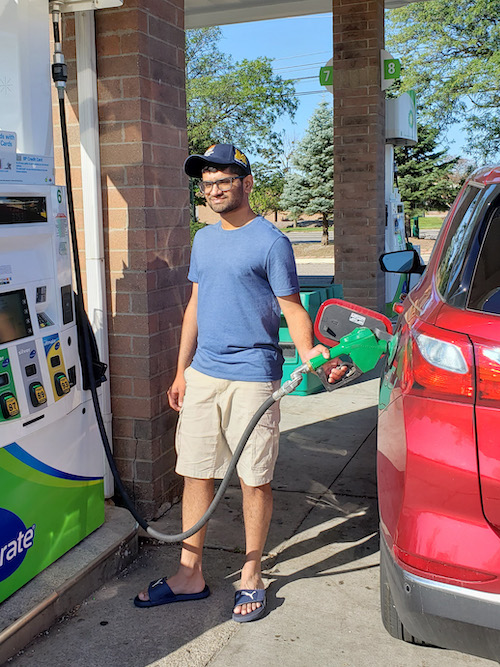
The goal of fuel price tracking apps like GasBuddy is ostensibly to help folks save money by providing up-to-date price information for local gas stations. That idea sounds straightforward enough. But UM-Dearborn data science and computer science junior Shouryan Nikam says that approach is really too simple if you want to save folks money. Setting aside the issue of GasBuddy’s sponsored results model, which can skew the listings consumers see, Nikam says the main problem with GasBuddy is that it only provides gas station locations and prices; but it stops short of providing consumers an actionable recommendation. Hence, it doesn’t answer the fundamental question of whether traveling a few extra miles to a station with less expensive gas is actually worth it. That decision is left to the consumer, who has to make an on-the-fly choice based more on hunch than number crunching. Moreover, Nikam says if you’re only taking into account fuel price and distance, you’re leaving out relevant parts of the calculation, like maintenance costs for those extra miles traveled, and perhaps more importantly, the value of your time.
All summer long, Nikam wrestled with these complexities as part of his research in the Summer Undergraduate Research Experience (SURE) program. Overseen by Assistant Professor Junaid Farooq, the project had a couple different objectives. First, Nikam set out to answer the question of whether this consumer quest to find the best price is even worth it, and if so, under what circumstances. To do that, he built models for 10 geographically diverse American cities, taking into account variables like fuel price, distance to a gas station, insurance costs, maintenance costs, time spent searching, type of vehicle, and whether a consumer was part of a brand loyalty program. Among the top line findings so far: It’s generally more advantageous for drivers of larger vehicles to travel a little farther for cheaper gas — owing mostly to the larger size of the fuel tanks. “So depending on the fuel price difference between two gas stations, it might be worth it for a large SUV to travel 6-8 miles. But if you have a small car, that range shrinks to 2-4 miles,” Nikam says.





